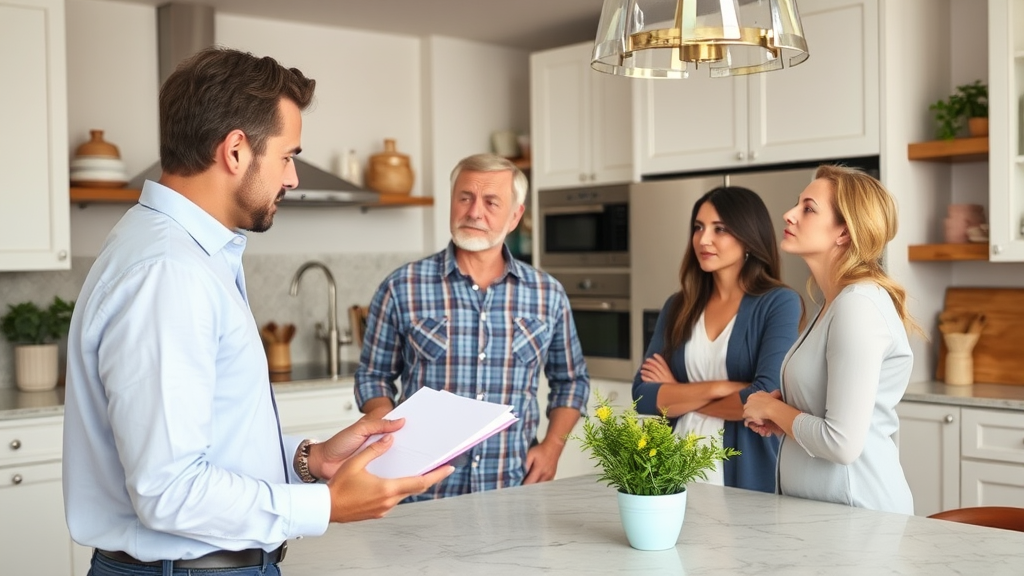
Tenant Turnover Costs: Understanding the Expenses for Landlords
When a tenant moves out of a rental property, landlords typically face various tenant turnover costs to prepare the unit for the next tenant. These costs can vary significantly based on the condition of the property, the level of maintenance throughout the tenancy, and the local market standards. Here’s a breakdown of common tenant turnover costs:
Repainting
Description: Freshening up the property with new paint due to damage, wear and tear, or to make the unit more appealing to new tenants.
Cost: This can range from a few hundred dollars for touch-ups to several thousand for full repaints, depending on the unit’s size and the quality of paint used.
Cleaning
Description: A thorough cleaning of the entire unit, which includes steam cleaning carpets, washing windows, cleaning appliances, and scrubbing bathrooms and kitchens.
Cost: Typically ranges from $100 to $500, depending on the property size and the depth of cleaning required.
Carpet Replacement or Cleaning
Description: Carpets may need to be professionally cleaned or replaced if they are too worn or damaged.
Cost: Cleaning costs can be around $50 to $75 per room, while replacement can cost $1,000 or more, depending on the carpet quality and area covered.
Repairs and Maintenance
Description: Fixing damages that go beyond normal wear and tear, such as broken fixtures, holes in walls, damaged appliances, or plumbing issues.
Cost: Varies widely based on the extent of the damage and the cost of replacement parts or labor.
Appliance Replacement
Description: Replacing outdated or broken appliances such as refrigerators, stoves, dishwashers, or washers and dryers.
Cost: Can range from a few hundred to several thousand dollars per appliance.
Marketing and Advertising
Description: Costs associated with advertising the property to potential new tenants, including online ads, print ads, or fees paid to rental agencies.
Cost: Can range from minimal (if only listing on free websites) to several hundred dollars for more extensive marketing campaigns or professional services.
Tenant Screening
Description: Costs for background checks and credit reports as part of the tenant screening process.
Cost: Typically between $20 to $50 per applicant, depending on the depth of the screening.
Loss of Rent
Description: While the unit is vacant and being prepared for the next tenant, landlords may lose rental income.
Cost: Varies depending on how long it takes to find a new tenant and the monthly rent price.
Legal and Administrative Costs
Description: Costs related to the legalities of leasing, such as drawing up a new lease agreement or any legal consultations.
Cost: Generally, a few hundred dollars if using standard lease forms and minor consultations.
Preparing for Tenant Turnover Costs
To mitigate the financial impact when a tenant moves out, it’s wise to set aside a portion of rental income for maintenance and turnover costs. Regular inspections and maintenance throughout the tenancy can also help keep the property in good condition, potentially reducing turnover costs.
Using the Security Deposit for Repairs
Tenant turnover often involves expenses that a landlord can cover using the tenant’s security deposit. However, the use of the security deposit is regulated by state and local laws, which typically stipulate what constitutes allowable deductions. Here are some common items and situations where a landlord can deduct expenses from the security deposit:
- Unpaid Rent: Any unpaid rent that the tenant owes at the end of the lease term can be deducted from the security deposit.
- Damage to the Property: Costs for repairing damages that go beyond normal wear and tear. Examples include larger holes in walls, permanent stains or burns on carpets, damaged light fixtures, broken windows, or appliance damage.
- Cleaning Costs: If the tenant leaves the property excessively dirty, the landlord can deduct cleaning costs. This covers deep cleaning carpets, removing trash, and addressing any severe cleanliness issues.
- Repairs and Replacements: Costs for repairing or replacing items damaged by the tenant, such as broken doors or windows, damaged flooring, and fixing broken plumbing or electrical fixtures.
- Missing Items: If the lease agreement includes furnishings or appliances that the tenant removes or damages beyond repair, the landlord can deduct the cost of replacement. This also includes costs for replacing lost keys or rekeying locks if the tenant fails to return them.
Important Considerations
- Documentation: Landlords must provide an itemized list of deductions with corresponding receipts or estimates. This list should be sent to the tenant within a specific timeframe, often 30 days after move-out, but this period can vary by state.
- Normal Wear and Tear: Landlords cannot deduct costs for normal wear and tear, which includes minor scuffs on walls, minor carpet wear, and other small issues resulting from ordinary use.
- State Laws: Security deposit laws vary significantly by state, so landlords must adhere to local regulations regarding allowable deductions and the timeline for returning the deposit.
By understanding and planning for these tenant turnover costs, landlords can better manage their rental properties and minimize financial strain during tenant transitions.

Follow us
A quick overview of the topics covered in this article.






